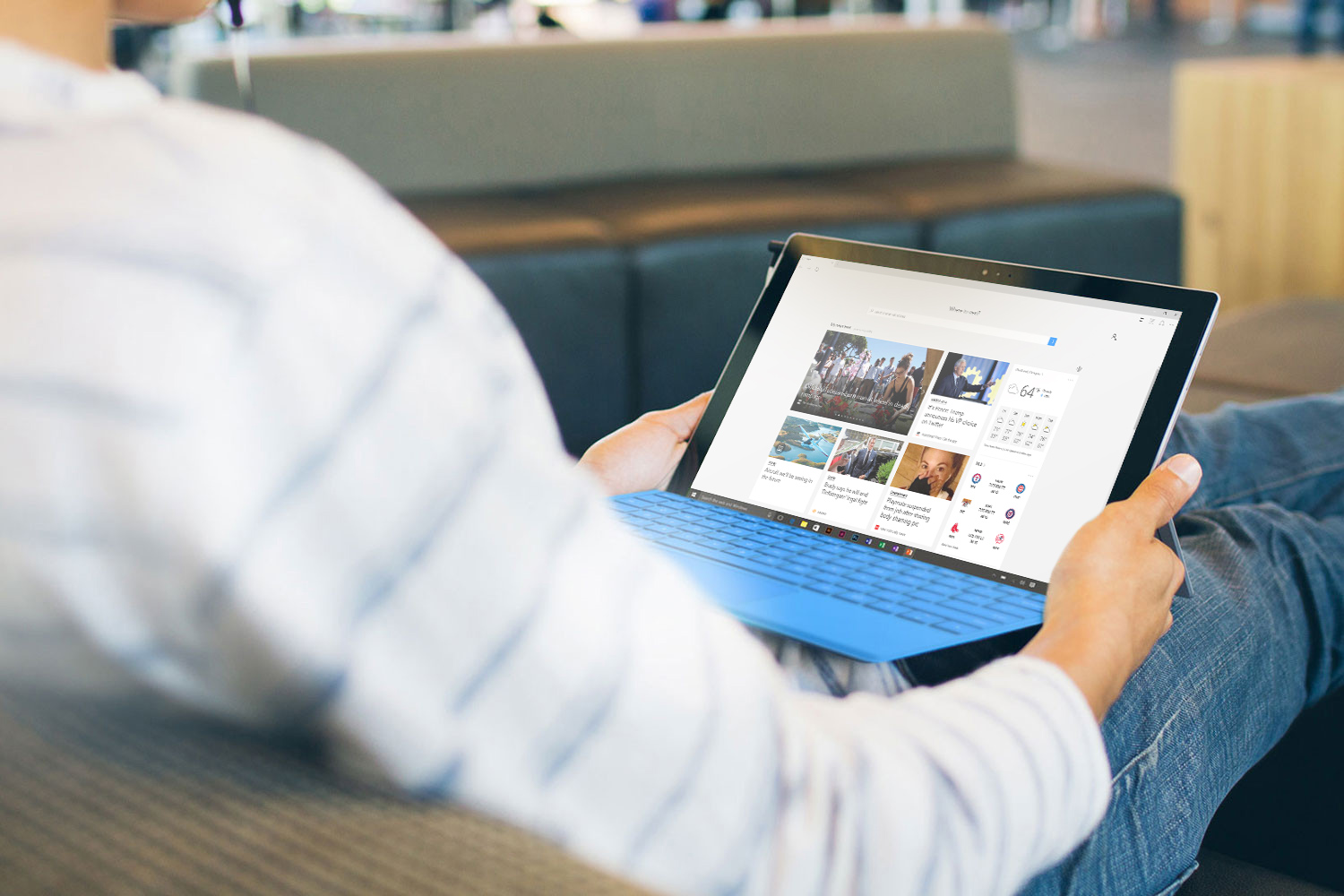
Microsoft’s replacement for Internet Explorer, Microsoft Edge, may itself be replaced in the not-too-distant future if new rumors are to be believed. The software giant is reportedly looking to lay its Edge browser to rest in favor of a new, internally designed browser based off of Google’s Chromium — the backbone of the Chrome browser and Chrome OS.
As much as Microsoft made a valiant attempt to modernize the built-in Windows browser with Edge when it launched Windows 10, it hasn’t proved popular among consumers. Often cited as simply the best tool to download Chrome with — although you should be careful doing so — Edge hasn’t made much of an impact on the wider web-browsing population. At the last count, it had just 2.15 percent of the global browser market share. That’s still less than Internet Explorer’s 2.8 percent, and far behind the likes of Firefox, Safari, and Chrome.
Perhaps seeing the writing on the wall, then, Microsoft may well be pivoting to a Chrome-based browser model. According to a report from Windows Central, the new browser is currently code-named “Anaheim,” and will be built upon the Blink rendering engine currently used in the Chrome browser. When released, Anaheim will become the default web browser in Windows 10, replacing Edge entirely, according to anonymous sources.
Since the new browser will be based upon the same foundations as Chrome, websites should load and behave much like they do when using Chrome. That should clear up some of the performance and instability issues faced by current Edge users. Although that may raise the question of why not just use Chrome if the new browser is fundamentally the same, that question could also be asked in reverse. Why download Chrome if Anaheim is basically the same thing?
Microsoft’s biggest hurdle in launching any new browser would be in making an impact on the collective consciousness of web users the world over. Firefox was once a major competitor of Chrome, and despite its favorable position in the industry and a slew of positive new features, it still has less than a tenth of Chrome’s market share.
Windows Central speculates that Anaheim could be released as soon as the first half of 2019.



